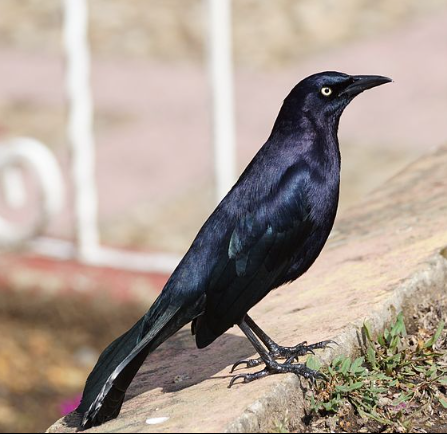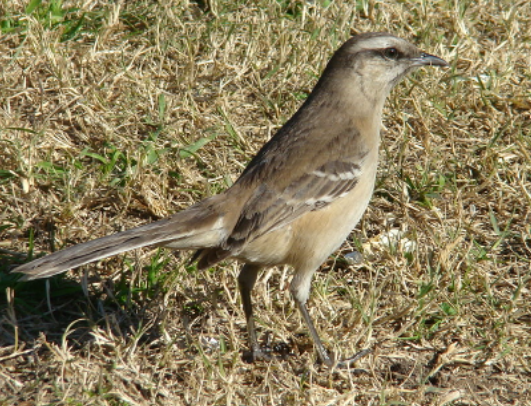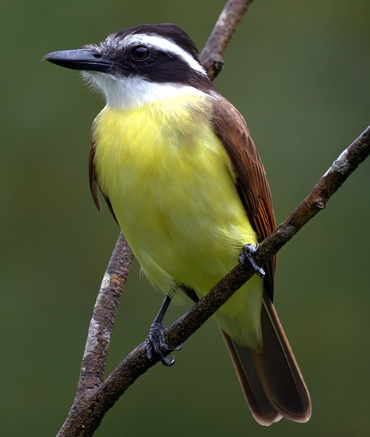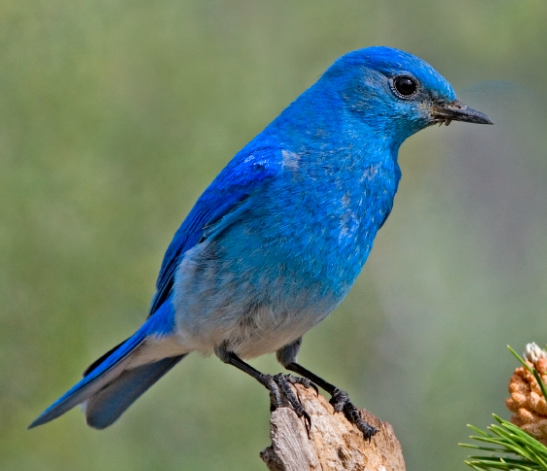(Español)
En nuestro pueblo, aunque no hay muchos lugares donde tener mas oportunidades de tener este contacto con variedad de especies, si hay sitios donde podemos observar algunas aves, sobre todo.
En los últimos 3 días hemos visitado un pequeño nido que hemos descubierto en una pequeña palmera en la ruta de camino a casa.
Pequeña palmera de chaguaramo
En realidad nos sorprendimos un poco por lo inusual que es encontrar un nido en una rama de palmera, y lo que es mas, a una altura con muchos riegos.
Pichones en su nido
Cuando vimos en su interior, estaban estos dos pequeños pichones, que al menor ruido de nuestros pasos, quizás pensaron o, mejor dicho, intuyeron que se trataba de su madre, y en seguida abrieron sus picos a la espera de ser alimentados.
En realidad, tuvimos un rato por los alrededores del nido con la intención de conocer a la madre, pero sin éxito alguno.
Por las características de los pichones, iniciamos una investigación de las especies menores de nuestro pueblo.
Por un momento pensamos que se trataba de pichones de "Toldito", un ave muy común en nuestro pueblo, de color negro, muy estilizado, con un pico agudo y un canto estridente.

Pero las características no encajaban, sobre todo el color negro y la iridiscensia que los caracteriza no lo tenían estos pichones.
Así que descartamos la idea de que fueran pichones de Toldito.
Luego vimos por las cercanías algunas Paraulatas, que es mi ave favorita, (mi favorita porque con su canto imita el canto de otras aves de la región, y eso la hace única) que andaban con su canto resonante y agradable, revoloteando de acá para allá, y pensamos: "una de estas debe ser la ocupada madre, que estaba buscando alimento a estas pequeñas crías".
Paraulata Llanera

Parecía que habíamos dado con la madre, pero en ese momento también andaba muy cerca del nido otra de las especies con características similar a la de estas dos mencionadas. Era un "Cristofue".
Ahora estábamos muy confundido, porque deseábamos presentarles a la madre de estas pequeñas criaturas y no sabíamos de cual de estas bellezas eran.
Así que decidimos irnos y volver en otro momento.
estando en casa, se nos vino una brillante idea, y nos preguntamos: "La madre tiene que ir a atenderlos, pero ¿en que momento del día lo hace?
Y fue allí que decidimos hacerles una visita "Nocturna", la única manera de salir de dudas.
Y si, por fin conocimos a la madre abnegada de estos pequeños pichones.
De antemano les adelantamos que no eran ninguna de las especies que vimos.
Por lo visto, esta ave, de color mas llamativo, es mas cautelosa y reservada en cuanto a delatar su presencia en su nido.
Se trata del "Azulejo".
Y ese agradable momento nocturno pudimos fotografiarlo, y queremos compartirlo con ustedes.
Esta bella ave, estaba en su nido acurrucando a sus bebes y dándoles el calor que necesitan durante las frías noches de verano.
También logramos grabarle un vídeo donde podemos apreciar estos momentos que los considero muy bonitos.
Esperamos que disfruten de estas imágenes.
"Algunas imágenes fueron tomadas de la web con fines informativos, sobre todo para hacer referencia a las otras especies que habitan en la zona"
(English)
My wife and I love to admire nature. We like to enjoy plants, flowers and animals very much.
In our town, although there are not many places where we have more opportunities to have this contact with a variety of species, there are places where we can observe some birds, especially.
In the last 3 days we have visited a small nest that we discovered in a small palm tree on our way home.
We were actually a bit surprised at how unusual it is to find a nest on a palm branch, and what's more, at an altitude with a lot of watering.
When we saw inside, there were these two little chicks, that at the least noise of our footsteps, perhaps thought or, rather, sensed that it was their mother, and immediately opened their beaks waiting to be fed.
In fact, we spent some time around the nest with the intention of getting to know the mother, but without any success.
Because of the characteristics of the chicks, we began an investigation of the minor species of our town.
For a moment we thought they were chicks of "Toldito", a very common bird in our town, black in color, very slender, with a sharp beak and a shrill song.
But the characteristics did not fit, especially the black color and the iridescence that characterizes them did not have these chicks.
So we discarded the idea that they were Toldito chicks.
Then we saw nearby some Paraulatas, which is my favorite bird, (my favorite because with its song it imitates the song of other birds of the region, and that makes it unique) that were walking around with their resonant and pleasant song, fluttering back and forth, and we thought: "one of these must be the busy mother, who was looking for food for these little chicks".
It seemed that we had found the mother, but at that moment another species with similar characteristics to these two mentioned was also very close to the nest. It was a "Cristofue".
Now we were very confused, because we wanted to introduce you to the mother of these little creatures and we didn't know which of these beauties they belonged to.
So we decided to leave and come back another time.
While we were at home, a brilliant idea came to us, and we asked ourselves: "The mother has to go and take care of them, but at what time of the day does she do it?
And that's when we decided to pay them a "Nocturnal" visit, the only way to find out for sure.
And yes, we finally met the devoted mother of these little chicks.
We told them beforehand that they were not any of the species we saw.
Apparently, this bird, with a more striking color, is more cautious and reserved about revealing its presence in its nest.
It is the "Azulejo".
And we were able to photograph that pleasant moment at night, and we want to share it with you.
This beautiful bird was in her nest cuddling her babies and giving them the warmth they need during the cold summer nights.
We also managed to record a video where we can appreciate these moments that I consider very nice.
We hope you enjoy these images.










Wow wonderful photography of all the baby birds. They are looking cute.
Su post ha sido valorado por @ramonycajal
Congratulations @afonzovalle21! You have completed the following achievement on the Hive blockchain and have been rewarded with new badge(s):
Your next target is to reach 3000 upvotes.
You can view your badges on your board and compare yourself to others in the Ranking
If you no longer want to receive notifications, reply to this comment with the word
STOPSupport the HiveBuzz project. Vote for our proposal!
wuo que hermosas fotos y muy buena la información